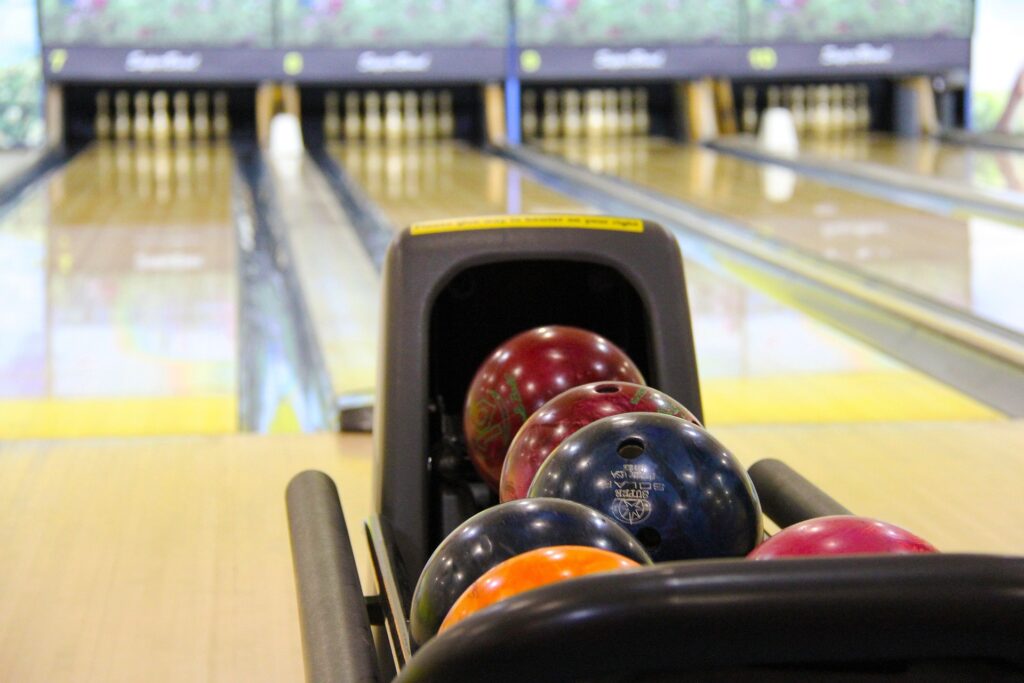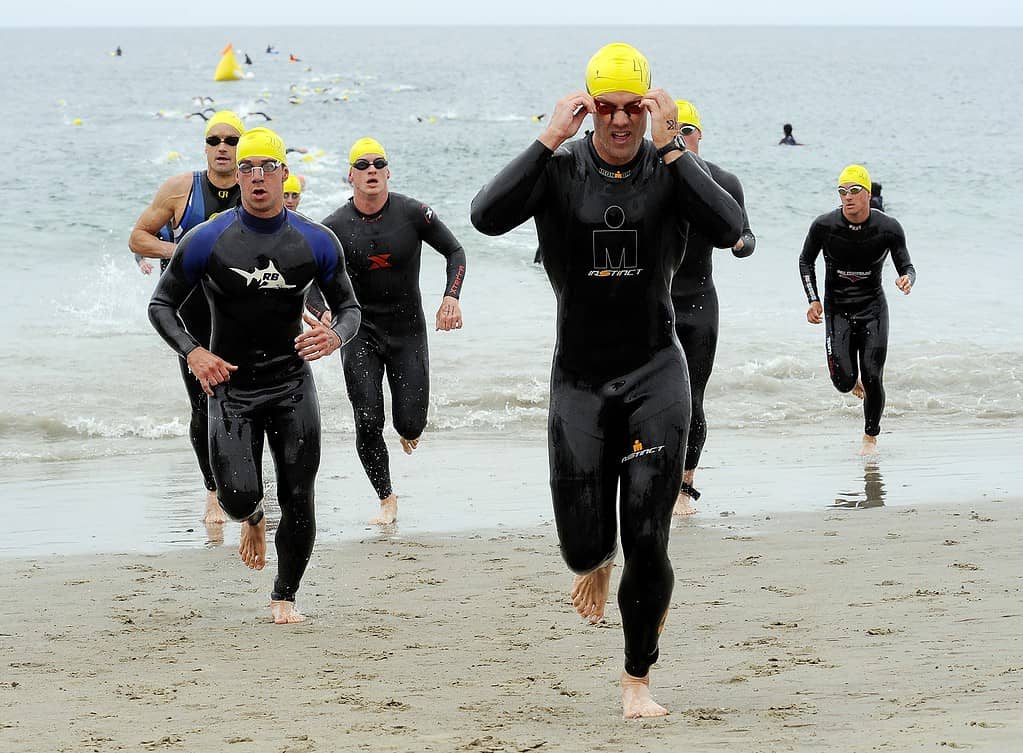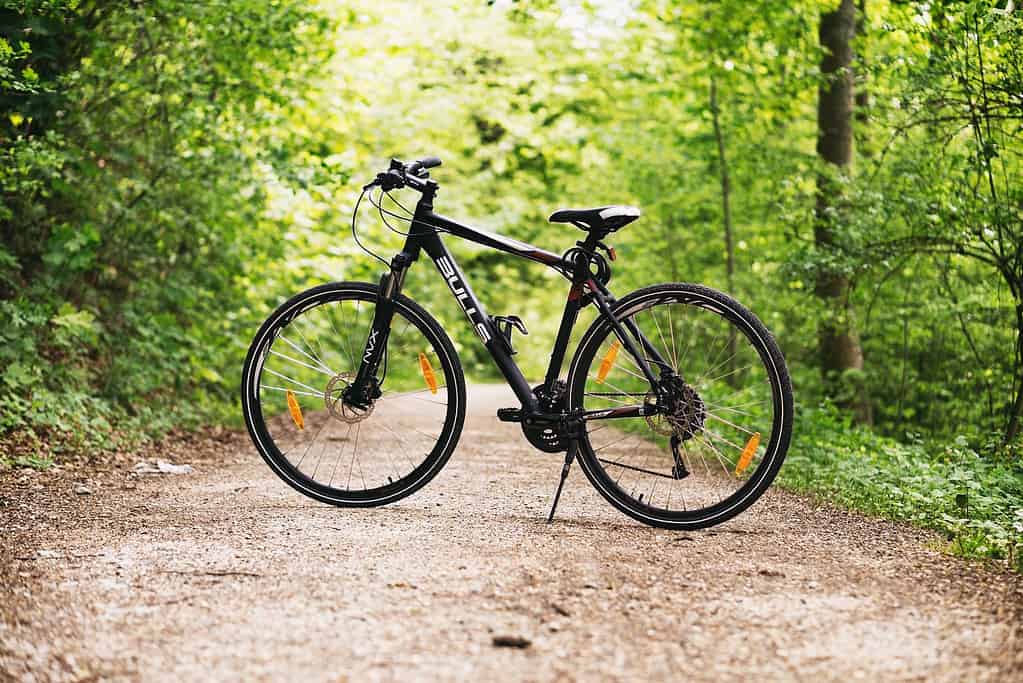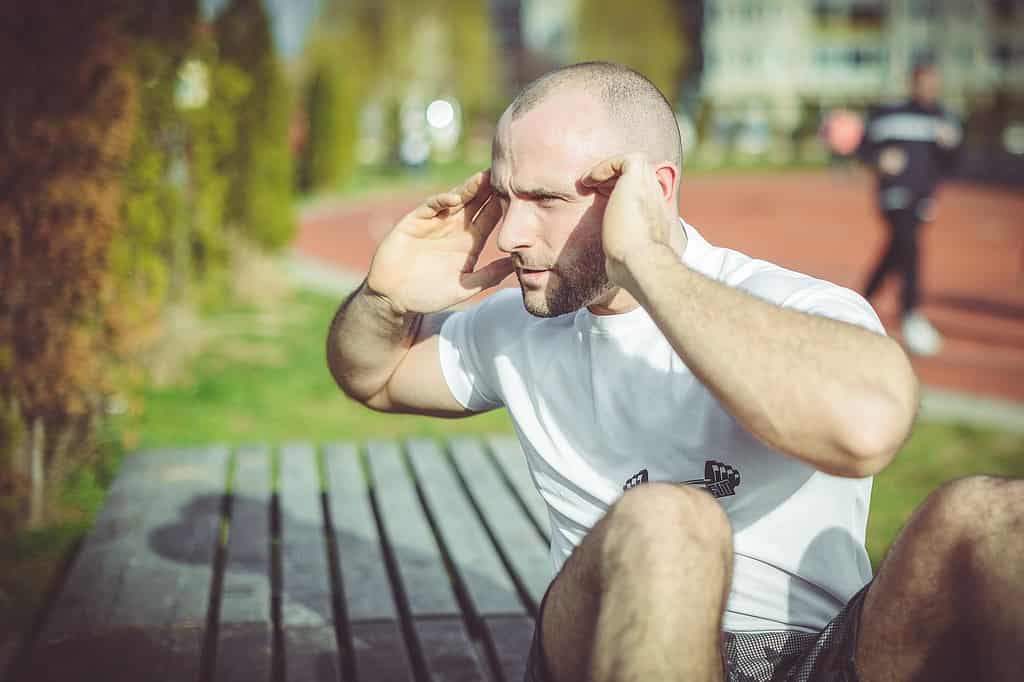When you visit a bowling alley, they often have a collection of bowling balls you can choose from. However, if you really want to improve your game, you should buy your own bowling ball. Buying a bowling bowl for yourself will greatly improve your game and allow you to play bowling at a more competitive level.
But if this is your first time buying a bowling ball, choosing the right one can feel overwhelming. However, you shouldn’t feel intimidated by the numerous options available on the market. With the right instructions and knowledge, you can get the right bowling ball that will be perfect for you. This bowling ball buying guide will answer all questions about how right you can choose the right one.
Is there an Ideal Ball Weight?
You will notice plenty of balls with varying weights and sizes when you enter the market. Now, you may think it doesn’t affect a player’s overall performance during a game, but it does.
The weight and size of a ball is the fundamental aspect of bowling. On average, a bowling ball is around eight inches in diameter with a typical weight of 7kg.
A bowler needs an accurate and suitable ball weight that doesn’t affect their performance. Some players with heavier balls often don’t perform as well with heavier balls, unless they get into the habit of using them. Heavier balls are tougher to maneuver, and if you don’t have enough strength, the ball likely won’t gather enough speed or spin and might swing off sideways.
However, lighter balls have their issues too. When a player uses a lighter ball, you may notice that upon impact, they can sometimes have a harder time knocking down the pins. This can seriously affect their performance in a more competitive game. And if you put more force than advised, too much force could affect your aim.
By now, you may be able to conclude that heavier and lighter bowling balls have their respective advantages and disadvantages. While there is no such thing as a perfectly balanced bowling ball, you can eventually find a bowling ball that best suits you. An ideal ball weight depends on a person’s weight, height, and other physical characteristics that determine what weight and size fit best.
The most common ball weight that people use is 10 pounds. But again, the size and weight are not applicable to everyone. You should consider your physical capabilities and determine which fits you best.
To gain an advantage, you should look for a bowling ball that fits your preference and s easy for you to maneuver.
Learn About Different Coverstocks and How They Affect Your Game
Coverstock is the material that manufactures use when creating bowling balls. The exterior affects the way the ball reacts to the lane conditions. There are many materials, such as proactive, plastic, reactive resin, and urethane.
When you roll the ball down the lane, it creates friction. This friction affects the performance of your game and establishes how the ball reacts to the surfaces. These reactions differ based on what coverstock is on the ball.
Plastic
This exterior material of a ball has a smooth finish. However, the disadvantage of this ball is that it doesn’t produce enough friction when you roll it down the lane. Because of its lack of friction, it doesn’t have as much hook potential. Balls made of polyester material are highly recommended to beginners who wish for a bowling ball with a firm and sturdier grip.
While experienced and seasoned bowlers usually utilize this material for spares, they rarely ever use these types of balls in competition.
Reactive Resin
The reactive resin coverstock is not as durable as you might want it to be. However, it has better potential to hook, more pin action, and friction than urethane and plastic materials.
If you do buy reactive resin, you might run into problems when using it, due it’s increased sensitivity to lane frictions. Therefore, advanced or at least intermediate players who understand how to hook a ball especially benefit from it.
Proactive
Proactive coverstock doesn’t hold much difference from reactive resin. The primary difference is that it has microscopic material blended into them. It adds better friction in an oily lane and responds well to the surface too.
Urethane
Urethane is the most durable material on the market. This coverstock is comparatively long-lasting and gives you extra friction when you’re throwing. As a result, urethane has increased hook potential compared to plastic coverstock. Because of its increased friction, it has less deflection and contributes to better pin action.
You should get a urethane coverstock bowling ball if you’re a more experience player.
How to Choose Bowling Ball for Beginners?
Choosing a bowling ball for beginners is no easy task. You can get stuck with a myriad of options and may not know how to choose the right one. There are two main stages of choosing the right bowling ball for yourself.
Choose Polyester Coverstock
It would be best if you’re extra careful about the type of coverstock you’re buying when buying a beginner bowling ball. This is due to its effects on how the ball reacts to different lane conditions. The most recommended coverstock for beginners would be polyester.
Additionally, it is economically friendly, which is a quality that isn’t often seen in bowling balls. The ball also offers minimum friction so the ball will face minimal resistance when skidding across the lane.
Your ball will move in a straight line and won’t go off track or sideways; better known as hooking. Beginner bowlers need a ball that movement and that it won’t interfere with their learning process.
Test the Weight of the Ball
All beginner bowlers often opt for lighter balls when buying their first bowling ball. This is due to its easier control and extra maneuverability. On the other hand, advanced players will often use the larger balls. If you try to play with a ball that is too heavy, it can affect your performance.
You can easily spin a light ball and minimize its hook potential. However, if you want something challenging, then you can try playing with a heavier ball. Just remember to be careful of its weight so that you can avoid injury.
What are the Best Bowling Balls for Beginners?
While it has been established that a polyester ball will be the perfect fit, here are two bowling balls that will be ideal for your initial bowling activity.
1. Brunswick T-Zone
Intermediates may also like this T-Zone ball. It has affordable pricing and a variety of colors to choose from.
2. Ebonite Maxim
Its polyester and plastic core are excellent for entry levels and beginners who have taken a liking to this activity.
Bottom Line
Buying a bowling ball that fits your needs and is according to your style will greatly improve your performance. When you buy a bowling ball of your own, you will see how your gaming experience has improved. However, when you enter the market, there are various options and plenty of factors that affect the overall foundation of a bowling ball, such as weight, size, and coverstock.
Hopefully, after reading this bowling ball buying guide, it cleared your confusion and doubts away, and now you have an idea of what to look for and how to gain the best experience out of bowling.





